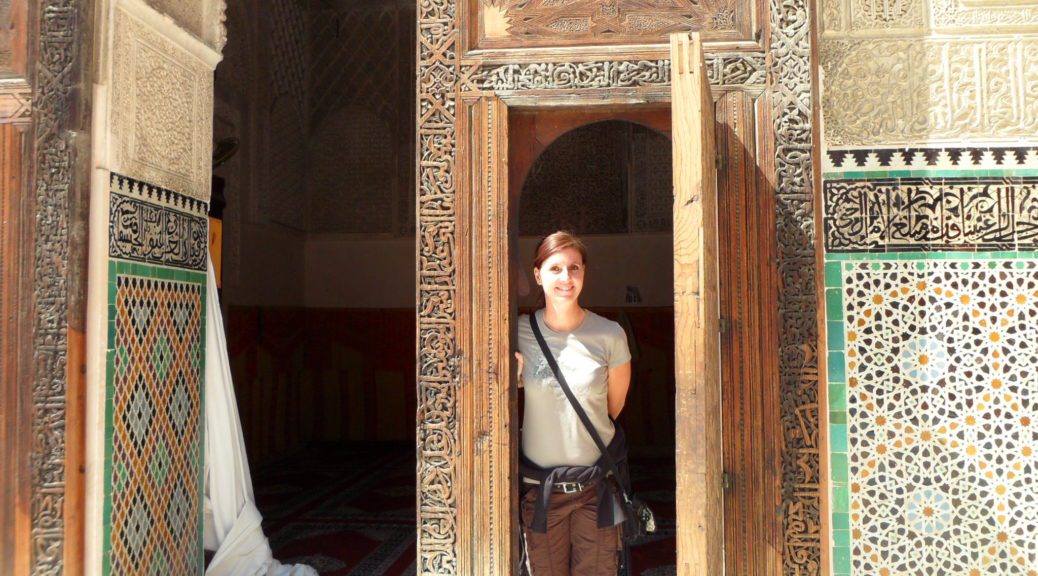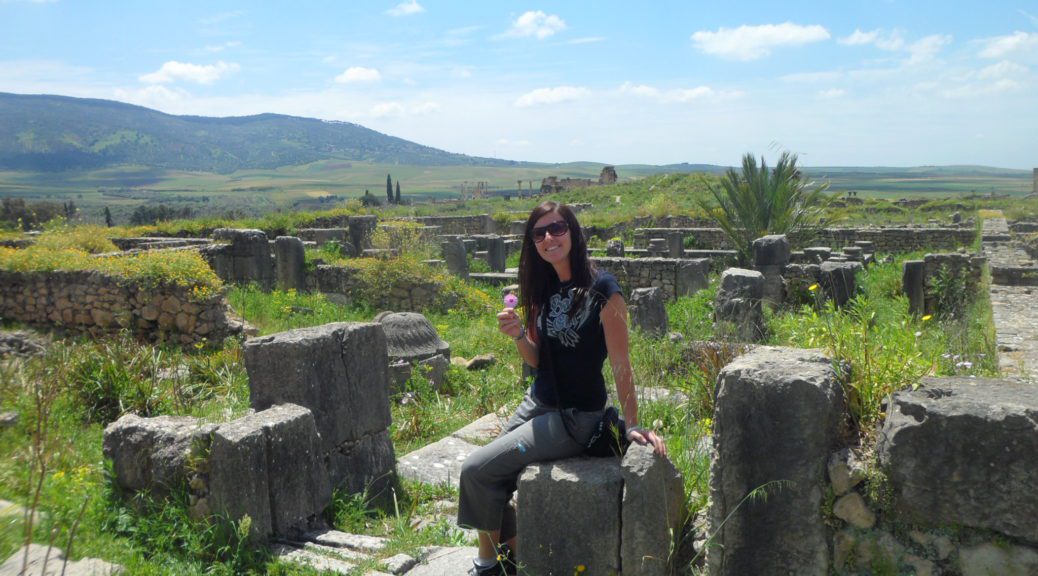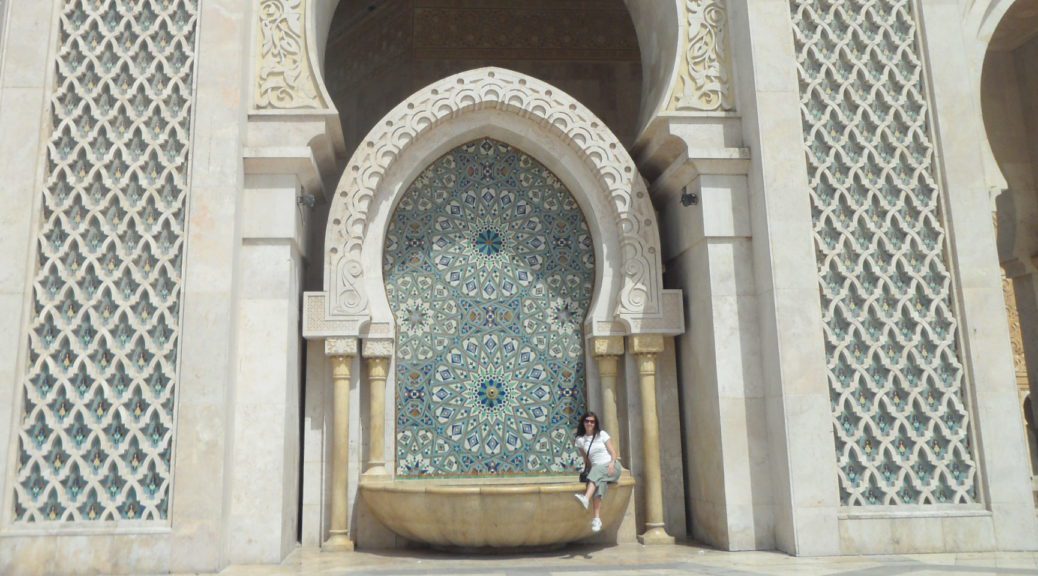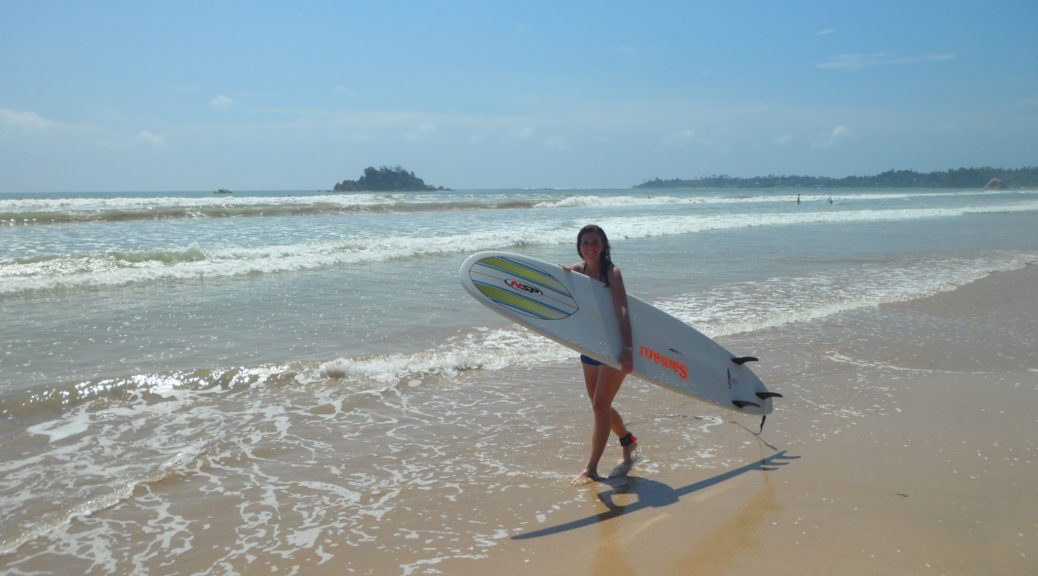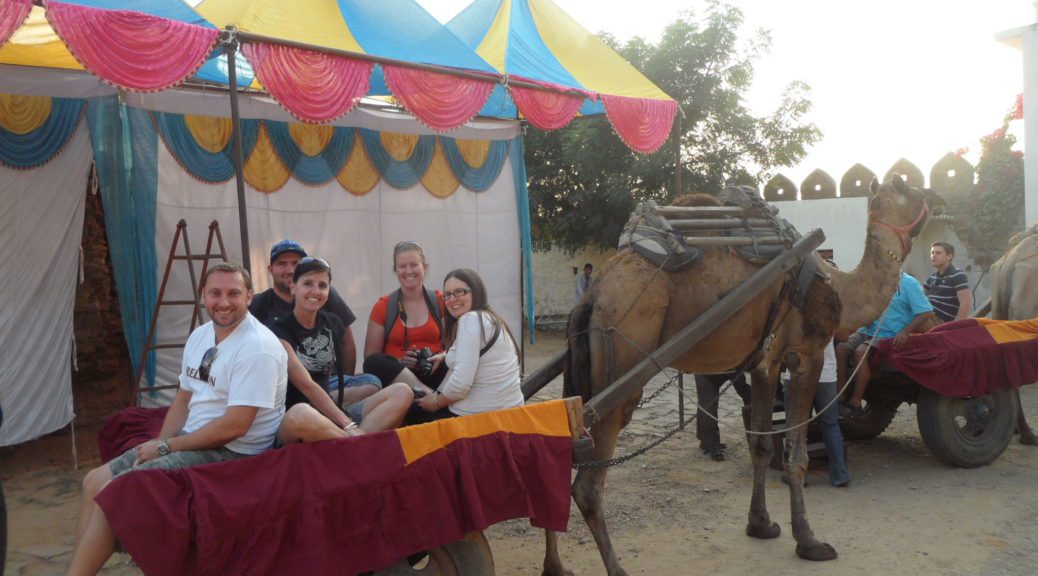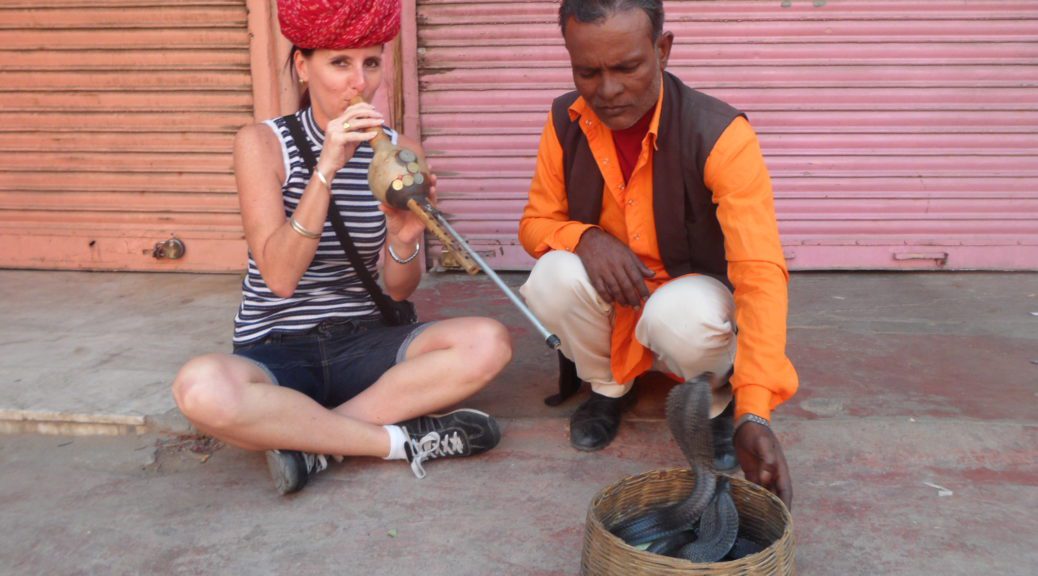WILDERNESS ROADTRIP
06 – 12 Feb 2013
It’s amazing how – no matter how well (or poorly) you plan – all sorts of things crops up just before you’re due to take some “Out of Office” time.
In this case, it started with the delightful news that my school chum, Lixi (Alex Scott), was coming out to SA to see her folks, who were due to be extended holidaying in Wilderness (on the Garden Route). The idea was that she’d come out for some family time, I’d join her at the folks’ and then we’d do a bit of a roadtrip (in either direction, being so well positioned) and then head back up to Jo’burg in time for my birthday and the traditional hooray of celebrations that generally accompany.
Plans got hatched and sub-plans attached – come down on the Friday since Christian was keen to come with to Wilderness based on the lovely time we’d had last year, but could only make a weekend of it because of work commitments. This left Lix and I keen on roadtripping for the week and possibly hooking up with Leek in Hermanus (her dad lives there and is overdue a visit by her), extra relevant since it was Leek who introduced Lix and I all those decades ago, making for our own little coming of age roadtrip on the 21st anniversary of our friendship! Ending off with a weekend in Cape Town to hook up with more long-losties.
But these notions devolved as all sorts of other opportunities and commitments presented themselves on the home front, including Barry announcing that he was coming to SA for a few weeks (well, Emma announced on Barry’s behalf, but same difference). The trip happened to overlap with previously mentioned plan – but there proved to be no hope in getting any idea of the overlapping itinerary from the flurry on Barry’s side to see what that meant in terms of availabilities and implications on our trip plans.
Opting for ‘rather safe than sorry’ (and Kulula pricing sweetspots) the final itinerary developed, being coming down earlier and leaving earlier so as to fit everything in. So, I jumped in and booked my tickets for the afternoon of Wednesday 6 Feb down to George and back home again on the evening of Tuesday the 12th, confident that I’d only be missing one day of office time (a custom more than a commitment) and pleased that I’d managed to juggle all the balls to make the most of all the faces from far. (Especially seeing as the Kulula January sale hit and Alex got a plum flight up to Jo’burg on Friday the 15th, so would get in more QT with the parentals but, more importantly, have a whole week in Jo’burg with me!)
No sooner was the proverbial ink dry than I was presented with the opportunity to spend time at the office daily working on the sales pipeline while Marco was to be off on his next adventure (www.emptyquarter.co.za). I happily took on the commitment, always enjoying my time at Eurocom and pleased for the additional work… and was now thankful for my now-strategically minimised away time – marvelling at how things have a way of working themselves out!
The month between planning and travelling flew! And so did I! Flew to the office at sparrows, flew through a crazy To Do list, flew through a lovely Alfredo (thanks to Luciano, Eurocom’s amazing chef), flew to the airport, slooowed down on the shuttle between long-term parking and the terminal, flew through a proposal at the Slow Lounge, flew to the boarding gate… And then finally flew to George.
Worried that somehow over the 2,5 years since our last reunion (Venice, August 2010) Alex would have become unrecognisable to me and there’d be an awkward moment at the airport where I’d be feverishly oscillating like a lawn sprinkler looking for her when she was right in front of me, I was relieved when I spotted her from the moment I walked through into Arrivals – and there was much Woo Girling (without the literal “woo”ing) as we giggled noisily and hugged our hello’s.
Alex’s stepmum, Clare, had been kind enough to drive to fetch me and she bustled off – ostensibly an act of efficiency to find the parking pay machines, but likely a good dose of wanting to distance herself from us, already engrossed in monkey-chatter of catch-ups!
Stories flew thick and fast on the drive and we were soon pulling into the driveway of the charming beach-house that they’d rented for the duration of their 6 week holiday. Literally right on the beach, with a wide covered balcony all along the length of the front (overlooking the sand and sea) and I had been allocated a lovely cottage suite, separate from the house.
By 17h30 I was settled in (ie had dumped my bag in the cottage) and we were all comfortably seated around the patio suite on the balcony, sundowners in hand (perhaps premature since the sun only sets around 19h30, but can one ever really be too prepared when it comes to such vital matters?). Clare had pre-prepped a roast dinner and while this was in the oven, we took a wander down the beach to have a looksee at a house of interest that had been dubbed The Hacienda for its Spanishy Mexicany architecture – quite distinctive among the patchwork of largely unremarkable houses around it (most are old boxy houses with bric-a-brac extensions, bar the monster modern Big Box house neighbour overshadowing the Hacienda, apparently owned by the famed Sassoon family).
En return from our mini-inquisition, we had a lovely dinner of roast chicken and sweet potatoes, creamed spinach and green peas (for some). Really delicious – and amazingly we ate in relatively broad daylight even though it must’ve been 20h30 by then. We chatted and laughed and a great time was had by all.
The parentals went to bed early, leaving Lix and I to our own more detailed catch-up, talking about then and now and everything in between… Until it was time to call it a night and I curled up in my cottage, under the fluffy down duvet to read a single digit number of pages by the sidelight until it was officially end of play for the day.
THURSDAY – WILDERNESS
Waking on Thursday morning, all thoughts of the previously discussed morning run were thwarted by (over-)sleep… But replaced by a well-timed breakfast instead (fruit for Lix, toasted cheese for me).
I had some work crises to attend to, so we based ourselves on the patio, me on the phone-then-laptop-then-phone trying to get what needed doing done as quickly as possible. As always, it requires setting a series of balls in motion, then patiently waiting for the balls to return to be juggled into orderly place. We used this wait time to walk into the village and suss out free wi-fi options.
Luckily, Pomodoro’s (our first choice based on Christian and my great experience last year) had free wi-fi and a marvellous terrace table became my new office. Double-bonus was that the work stuff didn’t start again until we’d ordered, and I was able to do the majority of what I had to do while we waited for our pizza, while Lix graciously busied herself with stuff on her phone and let me work.
It was all worthwhile! Clearly the karma from my difficult but responsible day must be the reason for such an awesome pizza! Honey-glazed chicken with mushrooms and onions, smothered in melted cheese on a wafer-thin base (and a layer of garlic and fresh chilli that I smeared on the moment it arrived). Delicious!
In between things at lunch, I’d booked us a car because we’d decided to drive to Hermanus to stay with friends. I’d bumped into the Kennedys last week and Lizzie had told me that she was off with her cousin Josie to Hermanus to clear out Nic’s late father’s home. I’d suggested we might roadtrip and she’d been quite excited about it. I had mentioned it to Alex on the evening I arrived and she was keen so I set those balls in motion over Whatsapp and presto! We had a plan!
Well, sort of…
We’d thought we’d get a car on Friday morning and drive to Hermanus (360km), spend the night and the meander back all day Saturday. Clare was the voice of reason, saying (on Thursday morning when we were bedding down our plans) that if we’re paying for the car for 2 days, we might as well use it the full duration – so why not collect the car on Thursday afternoon instead? Genius!
So, I booked the car (using Pomodoro’s free wi-fi) through Avis using my eBucks and we were set to collect at 15h30 – leaving just enough time to walk home, pack bags and get Clare to drive us to the airport depot to collect our car.
When I was signing for the car, we realised that while the car hire was paid for, there was only a 400km mileage allowance, which wasn’t going to get us very far with a minimum of 360km each way! And at R2,10 a km it was going to prove extortionate!
The Avis people were prepared to cancel the eBucks deal and create a new one with 800km mileage for R1,300. A quick survey of the competitors (all based in the same depot) endeared Thrifty Dollar hire to us since – although they could only (self-admittedly, repeatedly) deliver “a really big car” – they operate on unlimited mileage. Ergo, our “really big car” (which turned out to be a really comfy, not as big as you think Nissan Lumina) was all the mileage we could drive for a bargain R623 for the 2 days! We were quite smug to return to the Avis desk and say “no thanks”… And get all the paperwork needed for me to get refunds on the payments and deposits already taken off my card. Groan.
Paperwork notwithstanding, we were still quite giddy when we were (finally) on our way to Hermanus, in our really big Lumina. Lix had shopped for supplies at the airport Sweets From Heaven, so we could just bullet straight through on the N2, virtually door-to-door, with chewies and boiled sweets keeping us perky in between long stories and witty one-liners.
The road was really easy, the view consistently spectacular (sea, then fields, then mountains. Wash, rinse, repeat). Before long, we were at Lizzie’s complex doorstop – quite surprised that the seemingly vague directions were spot-on and crystal clear in context.
From the gate we could see that Hemel en Aarde (a cluster complex) is gorgeous and new with palatial houses and manicured lawns and common areas – and it seemed fitting when Lizzie came bounding up to the car in a bright purple party dress!
She was quick to explain that the garage sale she’d planned for her father-in-law’s extraneous belongings had been vetoed by the body corporate and so she’d had to amend her plans into an upmarket “Lounge Sale”. All became clearer when we got to the house and saw all the neat nuggets of items laid out around the lounge…
We’d taken some wine with us (a couple of bottles of red), so we cracked the seal on the first and had a good yarb with our very hospitable hosts about the what, when and how had brought each group to this point and what, when and how we planned to spend the next 2 days. Lizzie had already booked us a tuktuk to take us to Gecko (a bar and restaurant at the New Harbour) at 20h30, so that was to be our first excursion. Luckily, we’d made good time and arrived just after 19h30, so there was time for (the tail end of) sundowners before a shower, change and out the door.
We walked to the gate of the complex to meet the tuktuk as planned, only to find that it had been and gone, deciding to arrive at 20h15 and leaving when we weren’t there in 10 minutes (seeing as this was clearly still 5 minutes before our agreed meet time!). Lizzie did some backing and forthing and at last the tuktuk arrived for its return journey to pick us up.
The commute was quite an adventure in itself – a double cab tuktuk, with 2 rows parallel forward-facing in the back, with full canvas enclosure and plastic zip windows to protect from the elements. Quite a laugh, although it meant (good or bad) that we didn’t have a great view of the township we passed through to get from home to destination!
Gecko is a comfortable enough establishment. In the door to a bar / smoking area, then downstairs for the non-smoking round tables and built-in cushioned banquettes around the perimeter, then outside wooden bench tables for a view of the waters. We arrived geared though for the live music they’re supposedly known for, but were greeted with the barman/laptop DJ combo.
With no entertainment to place for, we opted to sit at the outside bench tables. Service wasn’t easy with no waiters and a single barman, so we split up bar runs periodically to order food and drinks. We solved the service problem soon enough by getting an ice bucket of beers, but didn’t hold high hope for the food… until it arrived. Lizzie and Josie had ordered pizza, which looked good enough, but Alex and I’d (adventurously) ordered Thai… and I got the most tasty beef and oyster sauce (with noodles) and her the most amazing red curry (with rice). What a delightful surprise!!
We finished our food and retired to the bar since the downstairs area was quite quiet and anti-social sans the live music we’d expected (apparently only Friday to Sunday off-season and we were there Thursday), while the bar was buzzing. What a pity Gecko hadn’t commissioned our very talented host, Josie, who is a well-known songstrel and would have been quite a coup for this little nightspot in a sleepy town! Nonetheless, we intermingled with the manager and locals, had a great time of the rest of our evening and all too soon it was time to go home.
Deposited on our doorstep, we had a (great-night-fuelled) giggle about some of the Lounge Sale items and I found a few very targeted gifts for key people, as well as a recipe book entitled “Fun with Mince” for myself! Josie and I had a good laugh at a 2002 Fairlady magazine while we sipped on our nightcaps… and then it was off to bed.
FRIDAY – HERMANUS
Having enjoyed a languished sleep-in (while Lizzie and Josie dealt with the various charity benefactors who they’d arranged to come and collect the last of the Sale items), I was further treated to a 5* star breakfast, ready when I surfaced from my upstairs lair. They’d prepared fried eggs, tomato, toast and smoked haddock with mushrooms and herbs – perfect with a smattering of the homemade garlic and chilli relish they served it with.
While Lizzie and Josie had opted to stay at the house for the day (exhausted from their week of clearing out), they were very helpful with a list of places to go and things to see, that set Lixi and I off on a very merry day of sight-seeing.
We started with Old Harbour (which took a trip to the end of town and a U-turn to find) and wandered up and down the shopping district, popping our heads in at shops of interest – and my derriere in at the hammock shop!
We stopped at the looking point, but didn’t see any whales (hardly surprising since we’re either 5 months late or 4 months early for season, depending how you look at it!), but we did buy Lix the lesser-spotted Red Velvet Cake (which she’d never had, but heard so much about) after stopping in at Coco’s for a gander through the ‘open window’ (which wasn’t actually open, but rather an enormous bay window).
We then moved from Old Harbour to New Harbour to hunt down the fish shop that Lizzie had recommended for lunch as the freshest fish in town. We found it! Quayside Cabin. No airs and graces, literally in a shipping container, with just a bench table outside. Our interest was piqued. We ordered a hake, calamari and chips combo to share. Good thing too – it was ENORMOUS! But delicious. Crispy batter, white flaky fish, golden chips, lemon wedges. Perfect!
Fed and happy, we returned to the house to see what the gals had been up to. They’d been napping, swimming at the clubhouse and were in the process of showering and preparing for the evening. A slap-up dinner. Soon. Very soon after our fish ‘n chips!
We booked at Lemon Butta, on the advice of our neighbours (who have a standing weekly reservation there, so we know their recommendation is sincere) and had a sundowner while catching up on our respective days.
We headed out and had pre-drinks at Coco’s (on Lix and my recommendation since we’d found out earlier that they have live music in the evenings… and anything to prolong eating again too soon!). Lizzie and Josie ordered nachos though – and who can resist?! Good company, drinks and snacks later, we were headed to Lemon Butta, which turned out to be just next door, for yet more food!
It was a lovely long and leisurely dinner and Lix and I shared a 24 piece sushi platter of tuna handrolls, salmon sashimi, salmon roses, a salmon and avo maki roll and a prawn California roll cut into slices topped with tempura prawns. Lix had oysters to start, taking her total to 7 different types of seafood in one day! I’ve finally made friends with sushi, outgrowing my aversion to the sludginess of the rice and the seaweed and learning to press the avo out with the back of a chopstick. I’m still not the world’s biggest fan, but I see a future for us at least.
We rolled home and into bed. A long but tasty day indeed!
SATURDAY – MOSSEL BAY
On Saturday, our leaving day, Lix and I cooked breakfast to return the favour (while Lizzie and Josie packed up their stuff). Toast with bacon and scrambled eggs with diced tomatoes, shredded broccoli and cheese. Good solid meal to get us on our way – and we were all ready for our departure, as planned, just before 11 to drop Lizzie and Josie off at their car hire place (the dastardly Avis) in time to collect their rental they intended to drive to Cape Town to catch their flight home.
We waved our goodbyes and soon we were on our way to our trusty N2 for the drive home.
We’d intended a bit of a meander on the way back, stopping in here and there for shopping, seafront adventure and lunch, but the weather was foul so we just headed in the direction of home. We did take a slight detour through Mossel Bay though, to buy biltong and take some snaps from the look-out point.
We managed to get the car back to the airport by more or less the required time, but found our dutifulness to be completely unnecessary seeing as the airport was entirely deserted and there was only a solitary rep at the car depot, who told us to just throw our car key into the car hire office – through the mesh and onto the floor.
The parentals had started partying early so weren’t fit for driving to fetch us as pre-planned, so they instructed us to catch a taxi home. Easier said than done in a deserted airport in the rain, but we managed… and were soon on our way home in the world’s oldest taxi (643,812km on the clock when we got in!) with a very sweet old local chap with awful music taste.
We arrived home to much joviality. The folks had friends (Vivienne and Ulrich) over to visit and they were all in fine fettle! We shared stories of our roadtripping and adventures and were filled in on everything we’d missed (quite a bit bearing in mind we’d only essentially been gone one full day!).
With champagne and wine flowing, we enjoyed a spirited dinner – roasted chicken and sweet potatoes, which had been intended for a braai, but had to be oven-cooked thanks to the threat of inclement weather (the harder rains hadn’t seemed to find their way all the way to Wilderness yet though).
The visitors left early and we settled in for the evening – me on the balcony engaged in a long and winding conversation with John, and Lix in the lounge watching Black Swan with Clare. It was only Saturday, 3 nights into the vacation, but the ‘holiday within holiday’ made it seem like I’d been away for much longer!
SUNDAY – WILDERNESS
Sunday was a moochy day, thanks to the festivities of the night before. We slept in, so that we were vaguely perky on surfacing – a slow process helped infinitely by reheated pizza leftovers and low impact movies. The weather was still grey and bleary so we resigned ourselves to a day on the couch with comfort food and headed off to the village to shop for spag bol ingredients.
Of course, the sun came out while we were walking to the village (a short trot on Sands Road past a dear little café in the building that previously housed the railway station, across the railway tracks, through the tunnel under the highway), so we changed all our plans and opted rather to scout for a dinner spot for that evening and to get hotdog supplies from Spar for lunch.
Despite the numerous options in town, we decided that we’d like to take the folks to Pomodoro’s, which we’d enjoyed so much. We slothed an afternoon of leisure – on the sun loungers, walk along the beach, more patio time – and drove into town (Lix’s dad’s not one for walking) for an early dinner. Pomodoro’s did not disappoint and we had quite varied, but all delectable, meals. Re-energised from our great meal, we confirmed that we three girls would head to Knysna for a window shopping expedition on Monday, so we retired to the 8pm Mnet premiere and got in an early night in anticipation of the next day’s mini-roadtrip.
MONDAY – WILDERNESS
With a plan in mind and good night’s sleep behind us, we rose with a spring in our step on Monday morning and headed out to the beach for a morning jog. Probably a kilometre and a half or so, just to the end of the cove and back again. Just enough to kickstart the appetite, serendipitously combined with Clare’s request that there was bacon that needed eating. Lix had her usual fruit and yoghurt and I made the world best’s sourdough toast with 4 rashers of bacon and white cheese (microwaved for 10 seconds to melt it to gooey). YUM!
Well-fuelled, we headed out for our trip to Kynsna, Such a pretty drive along the coast and through the hilly treed sections!
We started off with a trawl around Thessen Island, but it was very quiet and dreary, so didn’t hold our interest and we thought we’d try our luck at the Kynsna Waterfront. While a little better, it still didn’t captivate for long, being a very small mall of mostly restaurants and cafés, so we were soon off to Kynsna central to have a gawk around the Mall. We wandered around for an hour, achieving little bar some grocery shopping… and an appetite for lunch.
We drove around to the Knysna Heads and had a ridiculously good meal at East Head Café, overlooking the waters’ entrance to the bay in a really pretty terrace setting. Alex and I prequelled with milkshakes, which turned out to be enormous and likely not the best strategic bet seeing as we had a mound of fish, calamari and home-style chips on its way! Still… we found space for most of it, but sadly not for a wedge of any of the mouth-watering options we’d seen the waitress serving around us – multi-layered moist chocolate with sticky rich icing; cloud mountains of meringue atop sunny yellow lemon curd and crumbly biscuit. Way too ambitious on top of our battered bellyful!
Our big lunch was definitely a good preamble to our beach amble though, and we enjoyed yet another long sunset walk on the beach. Have become quite a cliché actually with this whole “loves sunsets and long walks on the beach” thing!
Lix’s folks were expecting visitors coming to stay, so I’d moved in to bunk with Lix on our last night. Since the guests were expected later in the evening, we did back-up with Clare on the wait (John having retired just after dinner). Time very easily passes, sitting on the patio, sipping red wine and having a good chat with excellent conversationalists… and soon Jill and Nigel had arrived – and there was the renewed excitement that comes with new faces and places.
Jill and Nigel were the Scott’s friends from Turkey and it was their first visit to South Africa. Bravely, they’d opted to land in Cape Town and roadtrip the last section. Alex and I were of course well versed in the ease of the N2, but it’s a bold option to take blind.
TUESDAY – GEORGE
Tuesday, being my leaving day, was far from the usual ‘pack up and go’ day. We started off with a hike along the railway track (and up koppies, through tunnels and over bridges) to get to Victoria Bay. John drove around, while we were dipping in the sea and scoping out the single row of holiday homes and darling café. We lunched at the only eatery, which provided yet another winner calamari and chips. The others seemed to enjoy their meals as well, so luckily the only choice of restaurant also made for a good one.
It was a bit sad to drive home, knowing that there was little time left and soon I’d be making tracks back to the big smoke, but we made the best of it with a dip in the sea and a laze on the sands, before having to shower and change and pack the car.
Clare was kind enough to make yet another airport run to get me timeously to George to catch my plane home and that was it, my beWilderness break was done and dusted.


